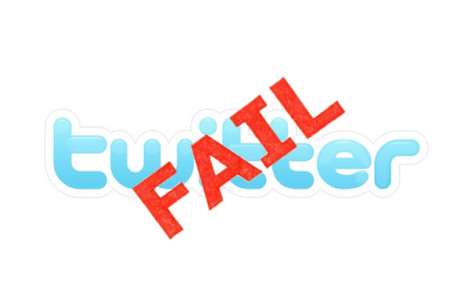 Yesterday, we started talking about the 10 laws of Influence and how you can use them to become a leader within your industry.
Yesterday, we started talking about the 10 laws of Influence and how you can use them to become a leader within your industry.
But, as most crucial business-building instruction goes, these are laws that can’t all be covered in just one single blog post. For that reason, we’ll close out the week with the remaining five Laws of Influence and send you into the weekend with more knowledge than you can shake a stick (or weekend margarita) at.
6. Law of Expectancy: As a business owner, people will develop their own assumptions and expectations of you pretty much right away. It is your job to meet those expectations as best as you can. Keep in mind, that the expectations people have about you are usually based on your track record and the way you present your brand. As long as your advertising is honest and you aren’t promising people the moon, you should always be able to meet these expectations.
7. Law of Consistency: This one should be obvious. If you deliver excellence to one customer, you need to provide that same level of excellence to every customer. But that’s not all…in terms of consistency, u need to also remain constant and unchanging in your brand message and views. Failure to do so will lead the public to believe that you are indecisive and go back on your word.
8. Law of Association: There’s a reason that big companies pay celebrities millions of dollars to appear in their ads. Seeing a celebrity is more than just a focal point for the ad—it also gives the viewer something to associate with. Hey, I know him! While small businesses can’t really reach for these sorts of stars, you can use small networks online and offline.
If a person’s friend has dealt with you and was pleased, then that friend could tell their friends and those friends can tell their friends. And on and on. Even these minor types of brand association among friends can help you achieve success in regards to the law of association.
9. Law of Conformity: This law tells us that it’s okay to be a follower…to c certain extent. We want to conform to the expectations of others. We want to jump through whatever hops people throw up in front of us to make sure we get their business.
10. Law of Power: This is perhaps the easiest of the laws to understand. You’ll be perceived a powerful if you are an expert in your industry or can offer people goods or services that others can’t. Be careful, though; power can be real or simply perceived. Don’t get fooled into thinking your sense of power is authentic when it’s really not.
Now…go forth and practice implementing these laws into your branding practices.








